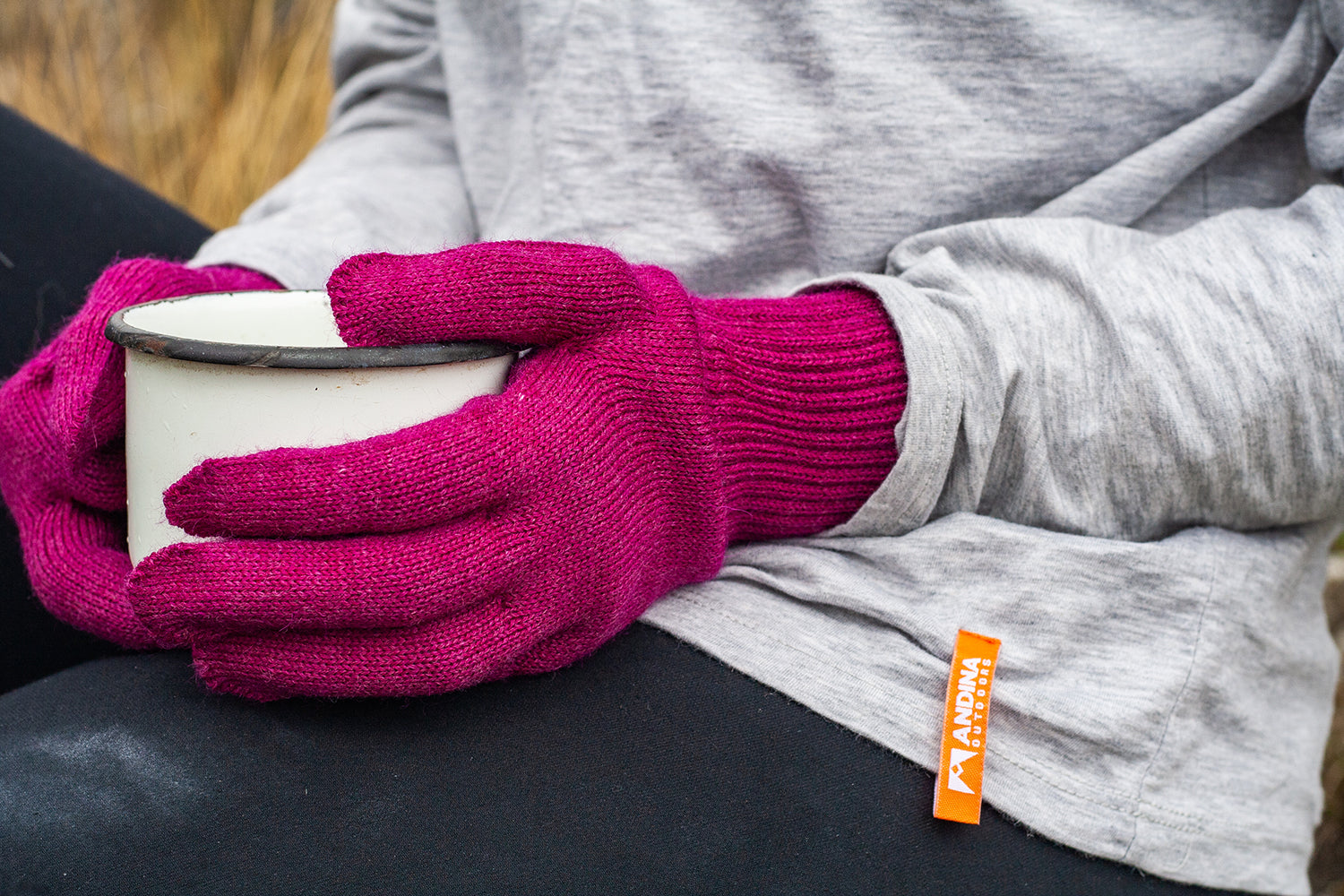When it comes to making the most of your outdoor adventures, choosing the best hiking socks can be the difference between a comfortable trek and an experience full of discomfort. A good pair of socks can help prevent blisters, keep your feet dry, and provide the support you need to tackle any terrain. But with so many options available, how do you know which ones are right for you?
Not all trekking socks are the same, and there are key factors to consider before making your choice. To help you, we've put together this guide with 7 essential tips to help you find the perfect socks for every adventure.

7. Choose High-Quality Materials
The material of your socks is crucial for ensuring comfort and protection while hiking.
- Merino wool socks: Naturally regulate temperature, keeping feet warm in winter and cool in summer. They are also moisture-wicking and odor-resistant.
- Alpaca hiking socks: Similar to merino wool but softer and less moisture-absorbent, making them ideal for humid conditions or sensitive skin.
- Synthetic blends: Often include nylon or elastane for enhanced durability, elasticity, and quick-drying properties.
If you're planning a cold-weather hike, opt for thermal hiking socks made of merino wool or alpaca. For warm climates, breathable hiking socks with moisture-wicking technology will be your best bet.

6. Choose the Right Sock Height for Your Footwear
Sock height affects the level of protection and support for your ankles and legs:
- No-show socks: Best for trail running shoes or light hiking footwear.
- Ankle socks: Provide slightly more coverage to prevent rubbing against your shoes.
- Crew socks: Ideal for hiking boots, offering protection for ankles and lower legs.
- Knee-high socks: Recommended for extreme conditions or deep snow hiking.
Choose your sock height based on your footwear and the protection you need. For long treks, crew or knee-high socks are ideal to prevent chafing from boots.

5. Look for Flat Seams to Prevent Blisters
Blisters can ruin any hiking experience. To prevent them, look for hiking socks with targeted cushioning:
- Targeted padding: Reinforced heel, toe, and top-of-foot areas to reduce friction.
- Full-foot cushioning: Absorbs impact for extended comfort on long hikes.
- All-over padding: Provides maximum protection and support.
Blister-resistant socks and cushioned hiking socks are a must-have for long hikes and rugged mountain trails.

4. Prioritize Durability and Toughness
If you're an avid hiker, you’ll want hiking socks that last. Look for socks made with high-quality materials and reinforced heels and toes to withstand heavy use. Durability is key when tackling rough terrains and long-distance treks.
Durable hiking socks can make a difference in any adventure, from exploring national parks to high-altitude expeditions.

3. Pick the Right Thickness for the Weather
Sock thickness plays a key role in foot protection and comfort. Depending on the activity and weather, you can choose between:
- Lightweight hiking socks: Perfect for warm-weather hikes or those who prefer a cooler feel.
- Midweight hiking socks: Versatile and ideal for most trekking routes, balancing cushioning and breathability.
- Heavyweight hiking socks: Designed for cold temperatures or rugged terrains where extra padding is needed.
- Extra-heavy socks: Ideal for extreme cold hikes, such as treks in high-altitude regions.
If you're looking for the best hiking socks for long hikes, consider the climate and difficulty level of your trek before making a choice.

2. Think About Sustainability
Nature provides the perfect setting for outdoor adventures, so choosing eco-friendly hiking socks is a way to give back. Opt for socks made from merino wool, alpaca, or recycled fibers, which not only perform well but also reduce environmental impact.
Sustainable hiking socks are a great option for those looking for natural fiber hiking socks that align with responsible outdoor practices.

1. The Perfect Fit is Key
A properly fitting sock prevents bunching, unnecessary friction, and slipping inside your footwear. To ensure the right fit:
- Try different sizes and choose the one that best conforms to your foot shape.
- Avoid overly tight socks, as they can restrict circulation.
- If wearing compression hiking socks, make sure they offer support without discomfort.
Compression hiking socks are great for improving circulation on long-distance treks and high-altitude hikes.

Get Ready for Your Next Adventure!
Now that you know the key factors for choosing your hiking socks, you're ready to take the next step. Equip yourself with high-performance socks that support you in any terrain or weather condition.
If you're searching for premium-quality alpaca hiking socks designed to withstand any environment, explore our collection at Andina Outdoors and get ready for your next big adventure with the best gear.


